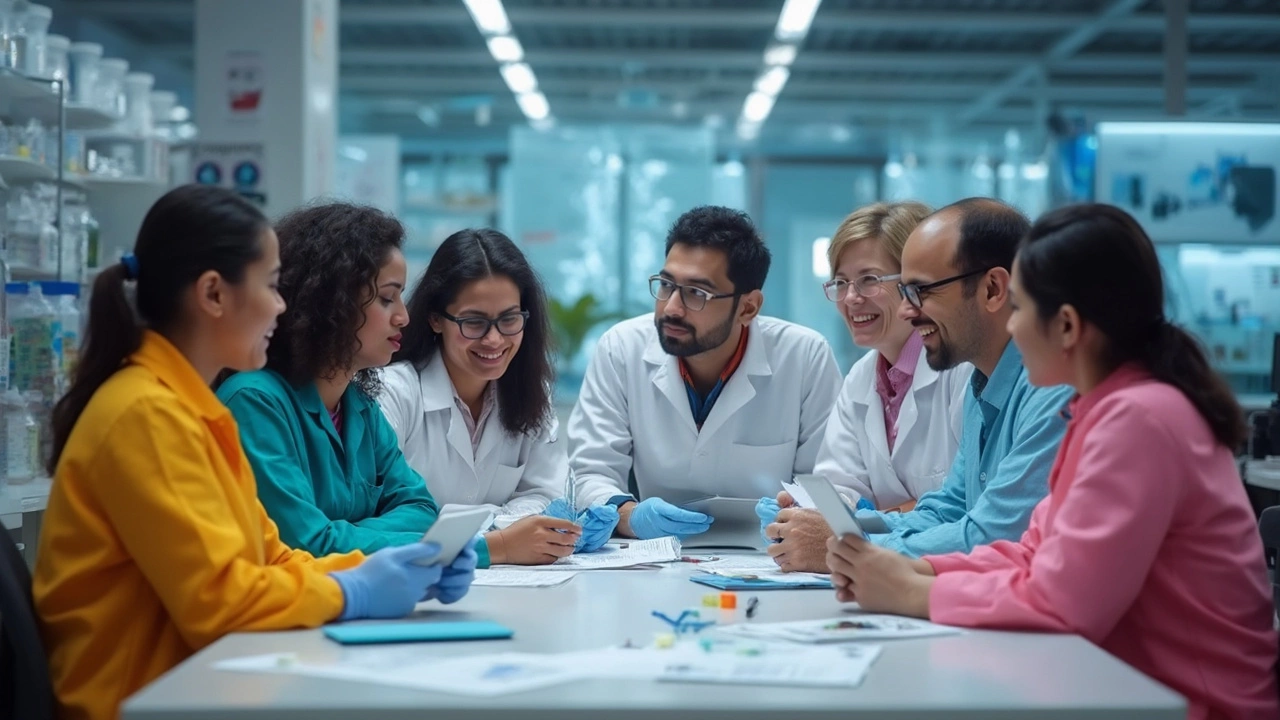Team Communication in STEM: How Collaboration Drives Innovation in India
When we talk about team communication, the exchange of clear, purposeful information among people working toward a shared goal in science, tech, or engineering. Also known as collaborative communication, it’s what turns brilliant ideas into working solutions—whether it’s a lab in Bangalore, a startup in Hyderabad, or a government research center in Pune. Good team communication doesn’t mean more meetings. It means the right people hear the right thing at the right time, in a way they understand.
This isn’t just about scientists talking to each other. It’s about data scientists explaining patterns to nurses, engineers translating specs to factory workers, and policy teams making sense of research for farmers. In India’s fast-moving STEM scene, scientific collaboration, when researchers from different fields or institutions work together on a common problem depends entirely on how well teams communicate. A breakthrough in gene editing means nothing if the regulatory team doesn’t get the details. A new solar tech won’t scale if the local installers don’t understand how to maintain it. And a public health campaign fails if community workers can’t explain it in a way that connects with people.
Look at the posts here: you’ll find real stories of stakeholder collaboration, when researchers work directly with end-users—like hospital staff, farmers, or city planners—to design solutions that actually work in the real world. One post shows data scientists spending hours with warehouse managers just to figure out what data actually matters. Another reveals how a vaccine rollout succeeded because field workers were part of the design process, not just the delivery. These aren’t abstract theories. They’re lessons from teams that got it right—and those that didn’t.
Team communication isn’t a soft skill. It’s the core infrastructure of innovation. Without it, even the best science stays stuck in papers. With it, a simple idea in a rural lab can become a national program. You’ll find posts here that break down how teams in biotech, public health, and clean energy actually talk to each other—what works, what doesn’t, and why some projects explode while others fade away. No fluff. Just the messy, human side of making science work in India.




